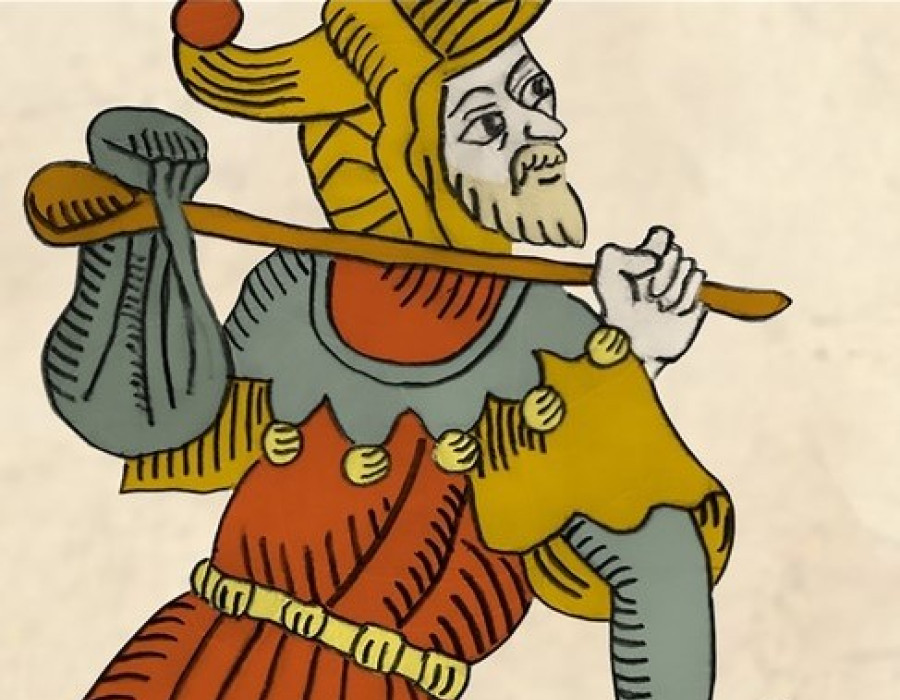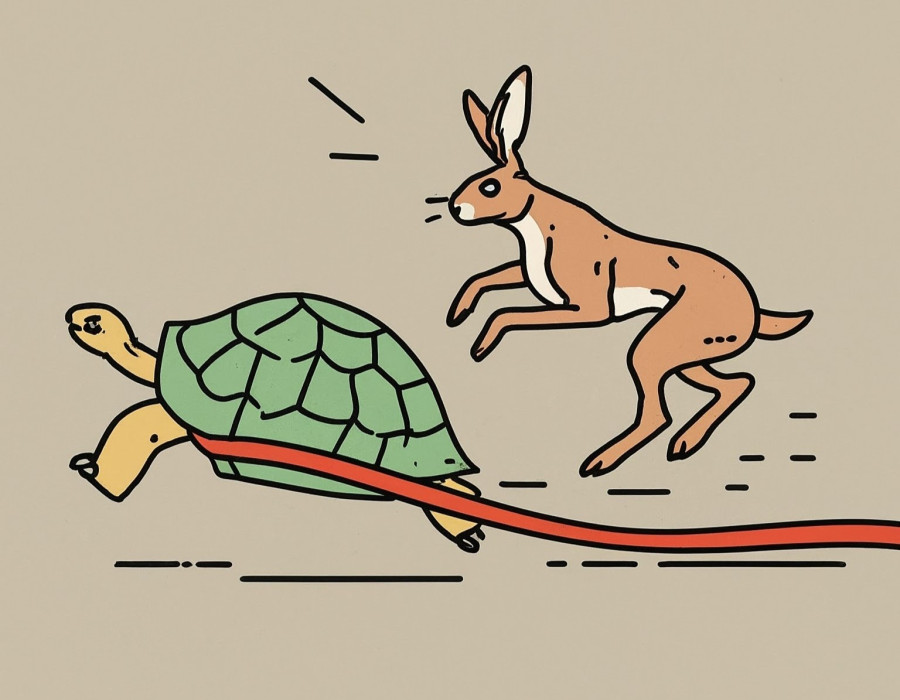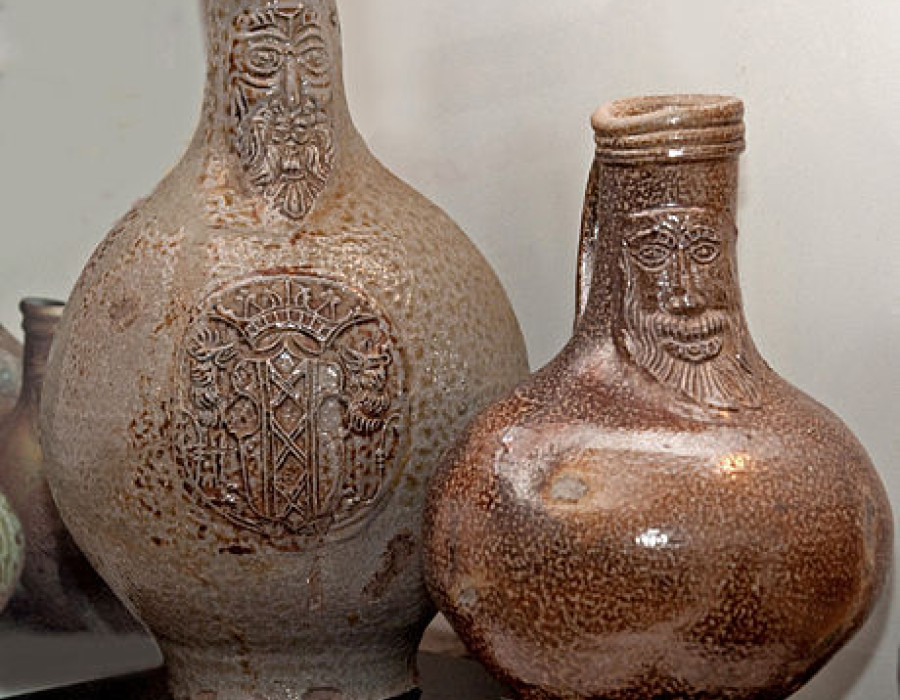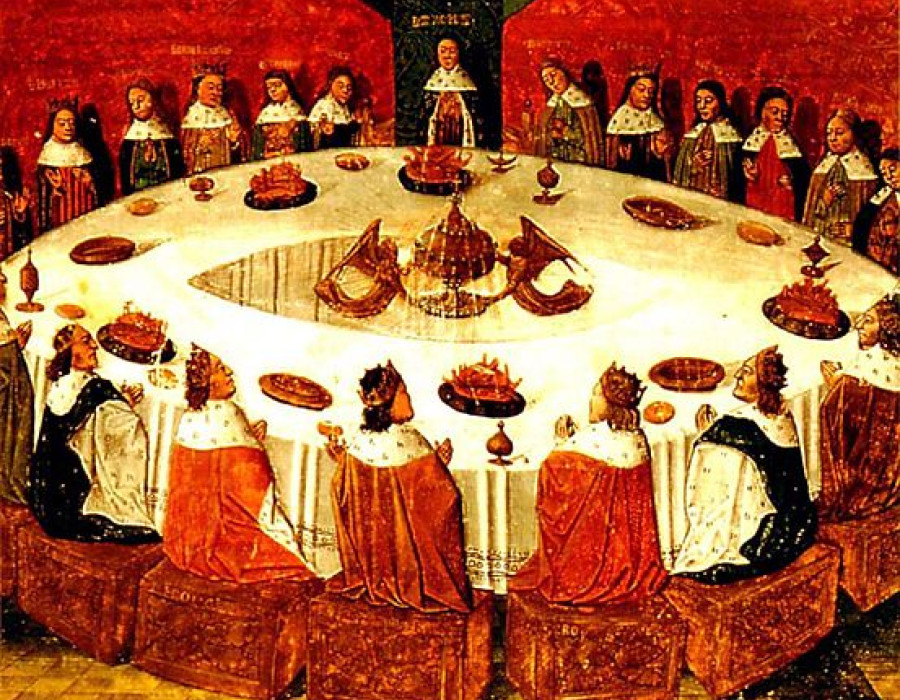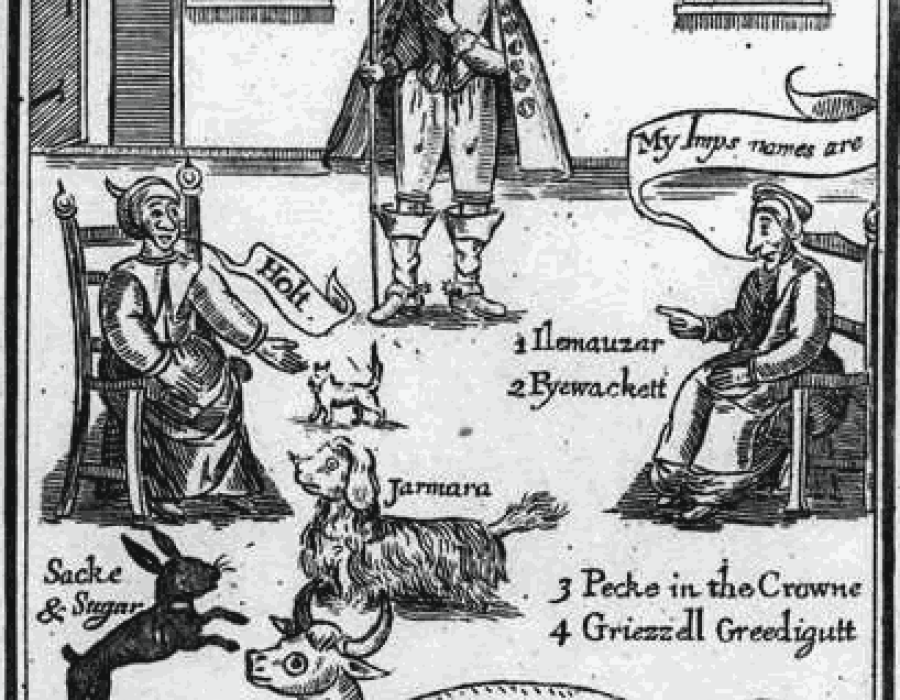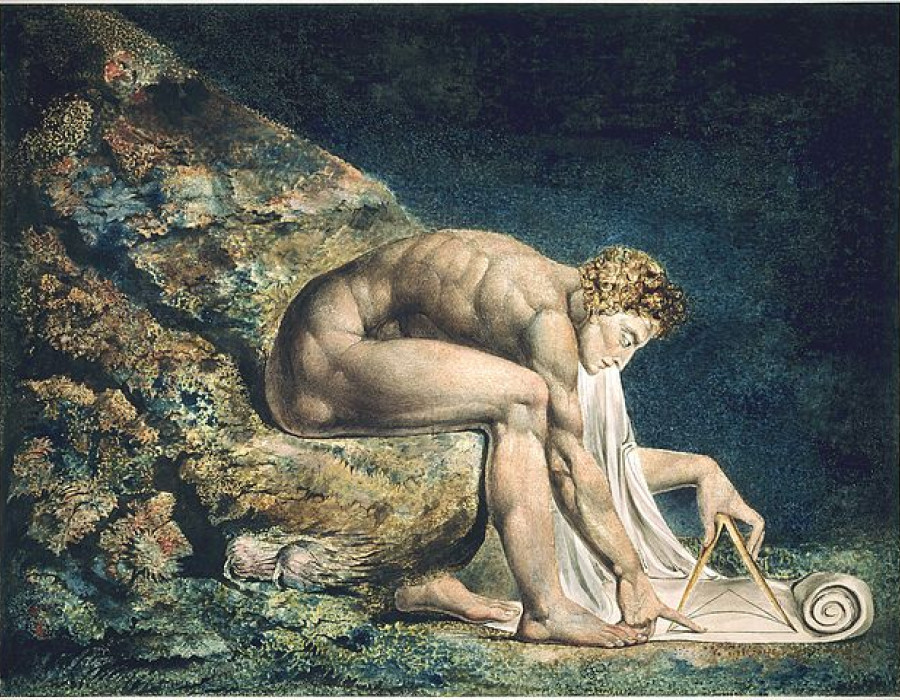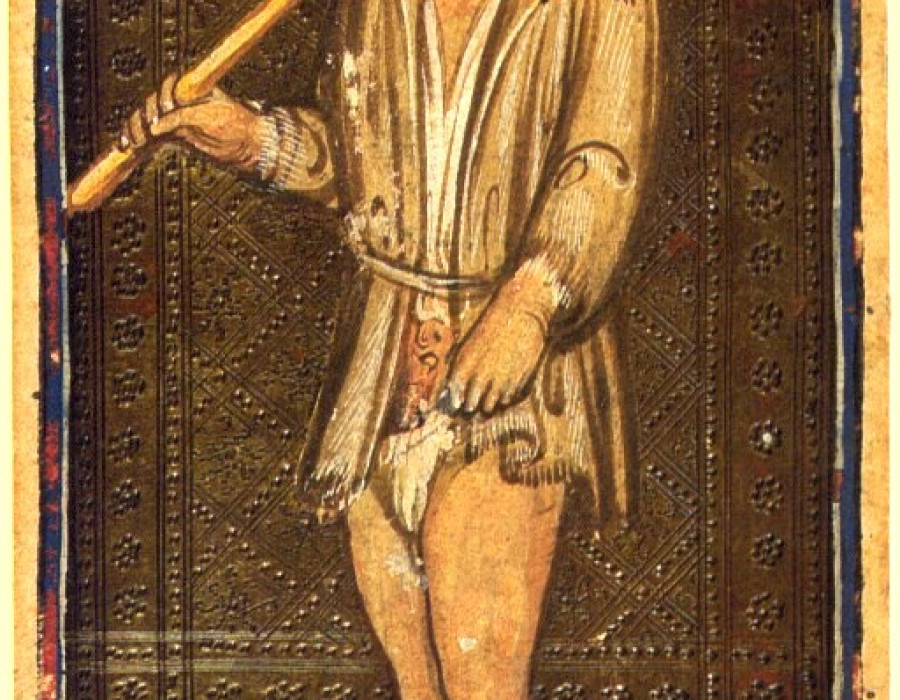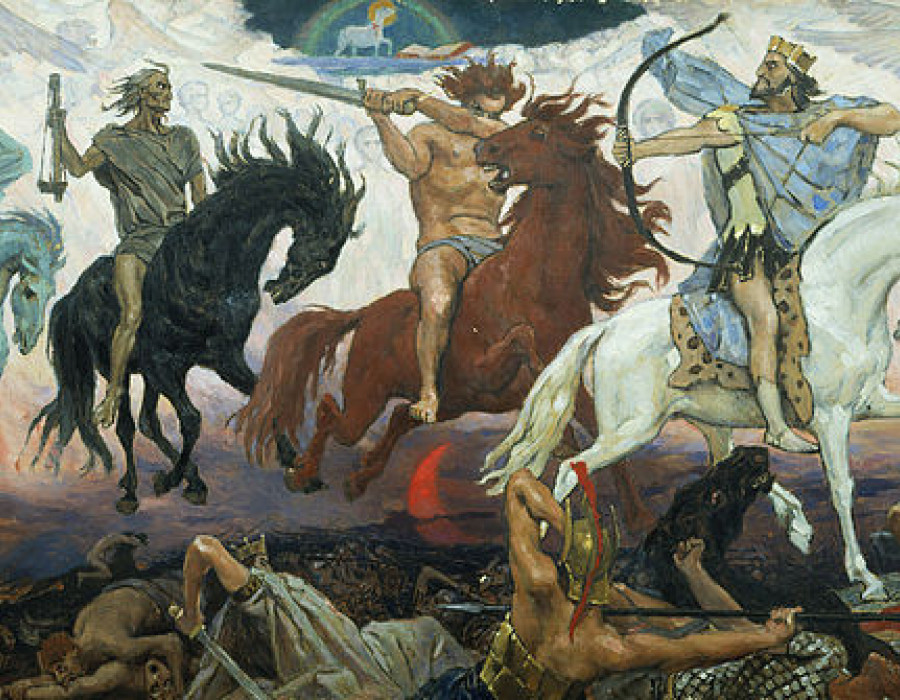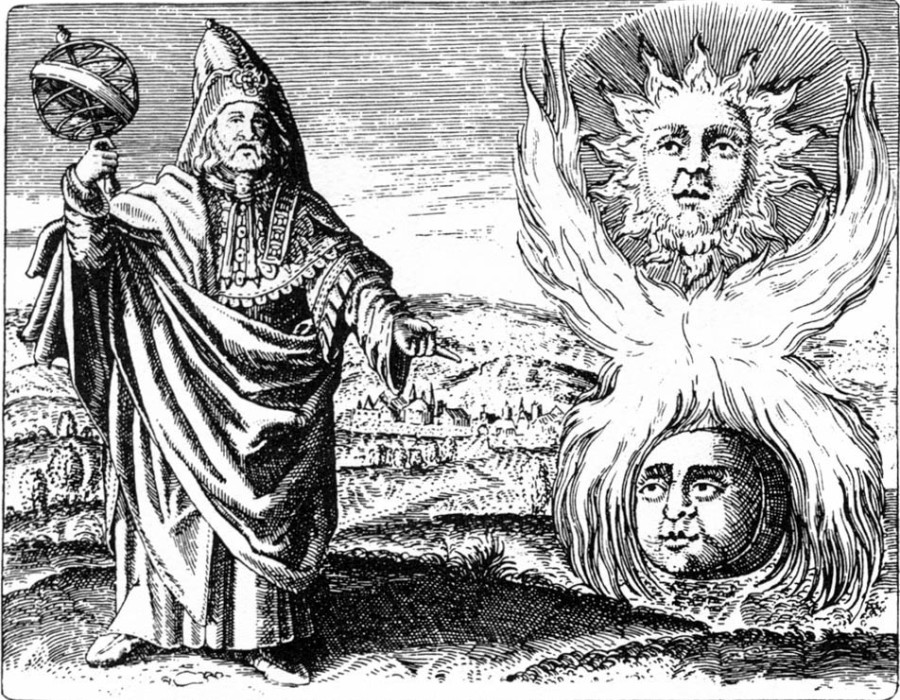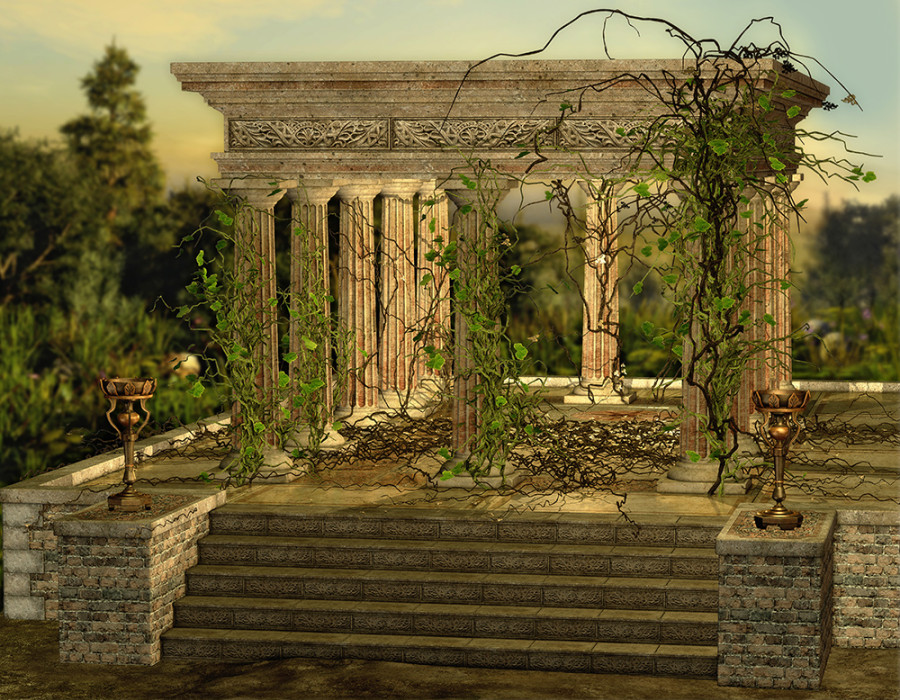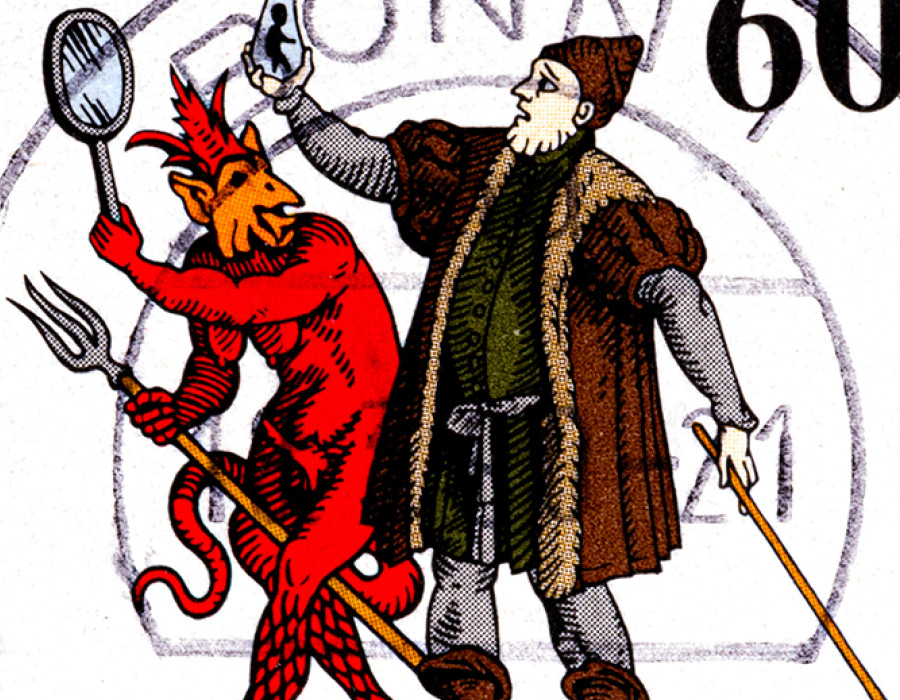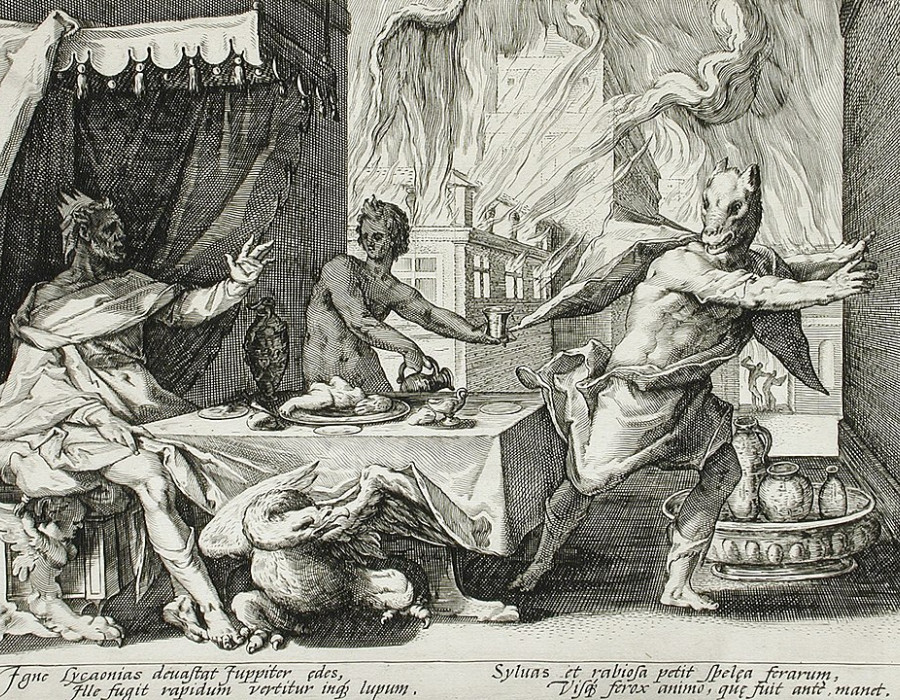
Martin Goodson
Buddhism & Folklore | The Naive Heart
We begin a series of articles looking at the transformative process of individual psychology through folk stories and look at how the motifs contained therein shed a light on those described by Buddhist practice formulae
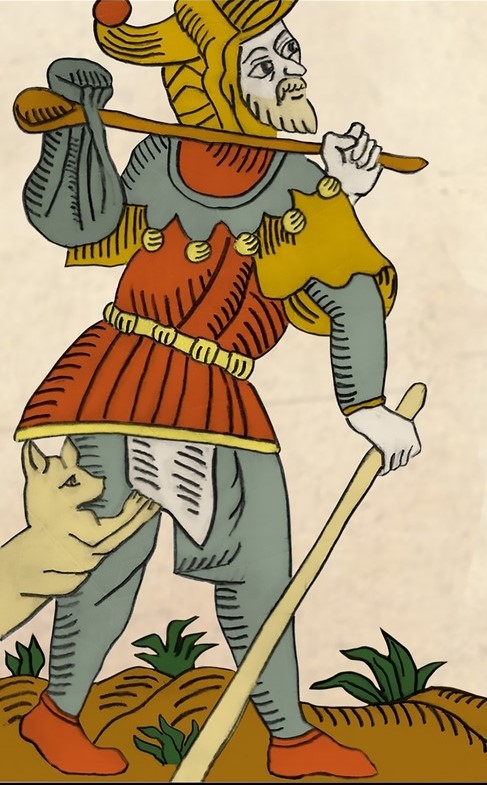
Le Mat from Tarot de Marseille
Shutterstock
The purpose of these articles is to show that motifs found within folklore and folk beliefs can form useful analogies for the processes of the human heart.
Any spiritual practice is concerned with the transformation of the energies of this heart and lays out a map whereby this path or ‘Way’ to transformation, may be undertaken. But how do we set about encountering this heart? To begin with our attitude is that this heart is ‘just me’ and nothing else, and so I look for some external power or technique to change me.
In Buddhism, we start with the premise that what we are really looking for lies within this heart, however that is not to say that what is outside is not important. When we first look inside, we don’t see too much, as it appears to me that the answers to all my problems lie ‘out there’. Eventually, the day comes when it dawns that the heart ‘in here’ expresses itself in things ‘out there’ and in this way we encounter our heart right in the middle of our daily life. All the creations of humankind, whether for good or ill, say something about the structure and powers within the heart. This is because all creativity arises from this same heart.
If we begin to look through created material we can see beyond to the wonderful place from where it springs. Folklore, passed from one person to another, and often from one place to another, is a creation that in a very direct and curiously pure form shows the strange world of the heart. The fact that stories captivate us and engage our emotional life, move us, inspire us and fascinate us, show that they are connected with a vitality housed within each listener.
This is not going to be an academic piece on the archetypal interpretation of fairy tales along the lines of analytical psychology. For that I would direct readers to the work of C G Jung and Dr Marie-Louise von Franz et al. Neither is it an academic treatment of folkloric material. In this case, the work of The Folklore Society will provide interested readers with plenty of source material. Instead I shall point out and highlight some themes and motifs in folklore that can usefully indicate the concerns of the human heart for those of us on a spiritual path.
The first story, from the Isle of Man, is Billy Beg, Tom Beg and the Fairies. This version comes from the Journal of the Folklore Society collected by Sophia Morrison, published in 1908. A shortened version of this tale goes as follows:
‘Once there were two hunchbacks: Billy Beg, who was blessed with clever wits and Tom who was not. Both were cobblers and lived together in a lonely croft. Tom, being not too bright was at the beck and call of Billy. One day Billy told Tom to go to the mountain and collect the sheep. Well, off Tom went, but try as he might he could not find them. On his way back a grey mist appeared and he lost his way. Out of the murk Tom began to hear the sound of people approaching. The mist cleared and he found himself in a strange glen he had never seen before. Suddenly, before him stood a host of fairies with lights on their red caps, blowing pipes, riding horses, waving flags and the like. In the middle of all their dancing and singing one fairy spied Tom. The little man turned out to be king and inveigled Tom to the merry crowd, giving him the job of taking the password from each regiment as it went by. The password is ‘Monday, Tuesday, Wednesday, Thursday, Friday, Saturday’. At daybreak each regiment began home again and as they passed Tom each gave the password to him as above, even the king. Once all had passed by the King called out for one of his men to remove the hump from Tom’s back, which it promptly was, and thrown underneath a hedge. Tom returned home standing straight and tall much to Billy’s astonishment. Tom told his story and Billy immediately decided to seize the opportunity. That evening Billy set off along the mountain road and eventually came to the strange glen. Just as Tom had foretold, the sound of pipe and drum and the marching of a great horde heralded the arrival of the fairy host. The king, rather crossly, asked what Billy was about? The latter said he had come to join them and be of service – so he was sent to take the password as before. As before, when dawn arrived, the regiments filed past and each gave the password to Billy: ‘Monday, Tuesday, Wednesday, Thursday, Friday, Saturday.’ And as before, so did the king, ‘Monday, Tuesday, Wednesday, Thursday, Friday, Saturday.’ ‘And Sunday,’ said Billy, thinking himself clever. With fury in his face the king ordered the hump from under the hedge to be brought out and to Tom’s ignominy, it was placed on his back alongside his other hump. ‘And if I ever see you again, you’ll get one on your front too!’ yelled the king. The troop marched off leaving Billy to drag himself home; cross as two sticks. And if those humps are not off then they are there on him still.’ [1]
One should know when encountering the fairies that they often have an aversion to Christian symbolism, which presumably includes Sunday as the Sabbath. Also to note is that common prejudices including those of physical deformity are not uncommon in folktales.
[1] ‘Billy Beg, Tom Beg, and the Fairies’ – Folklore (Vol. 19, No. 3) pub. Folklore Society, September 1908
.................................................


